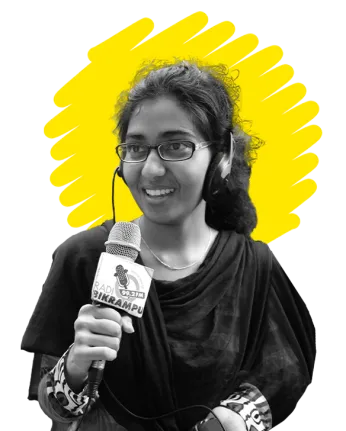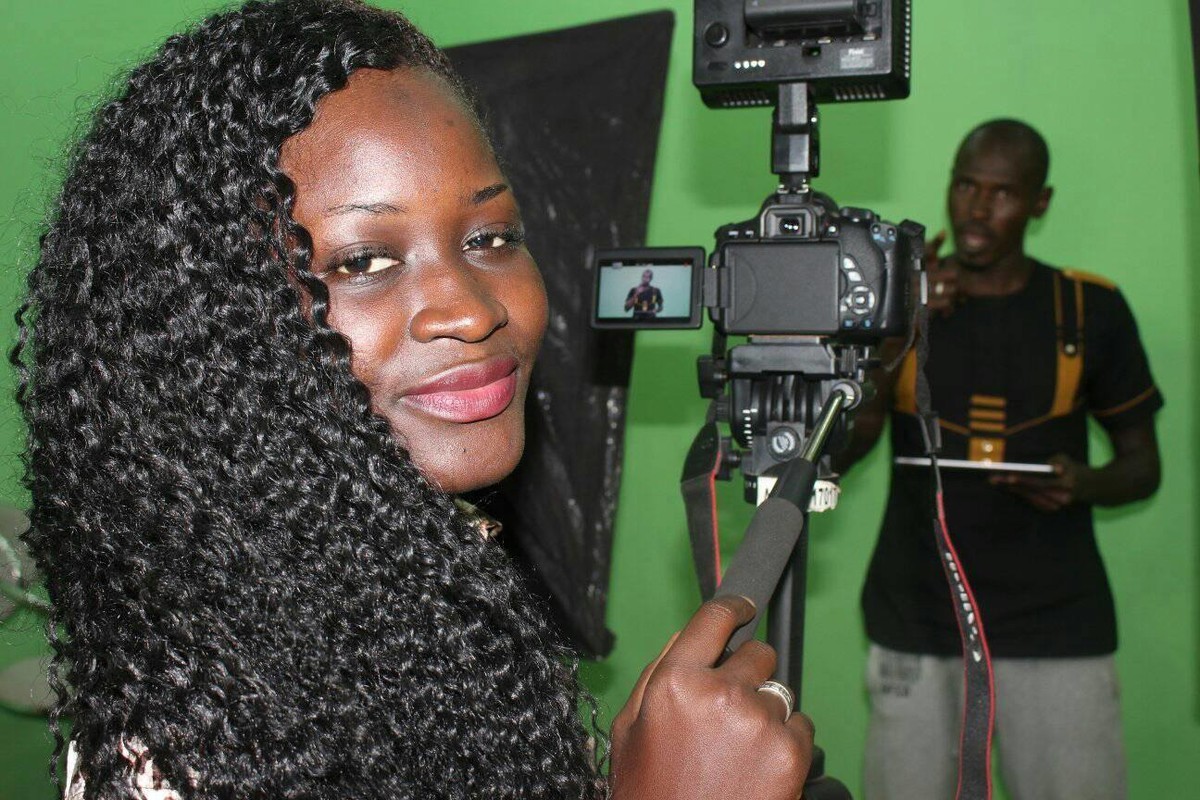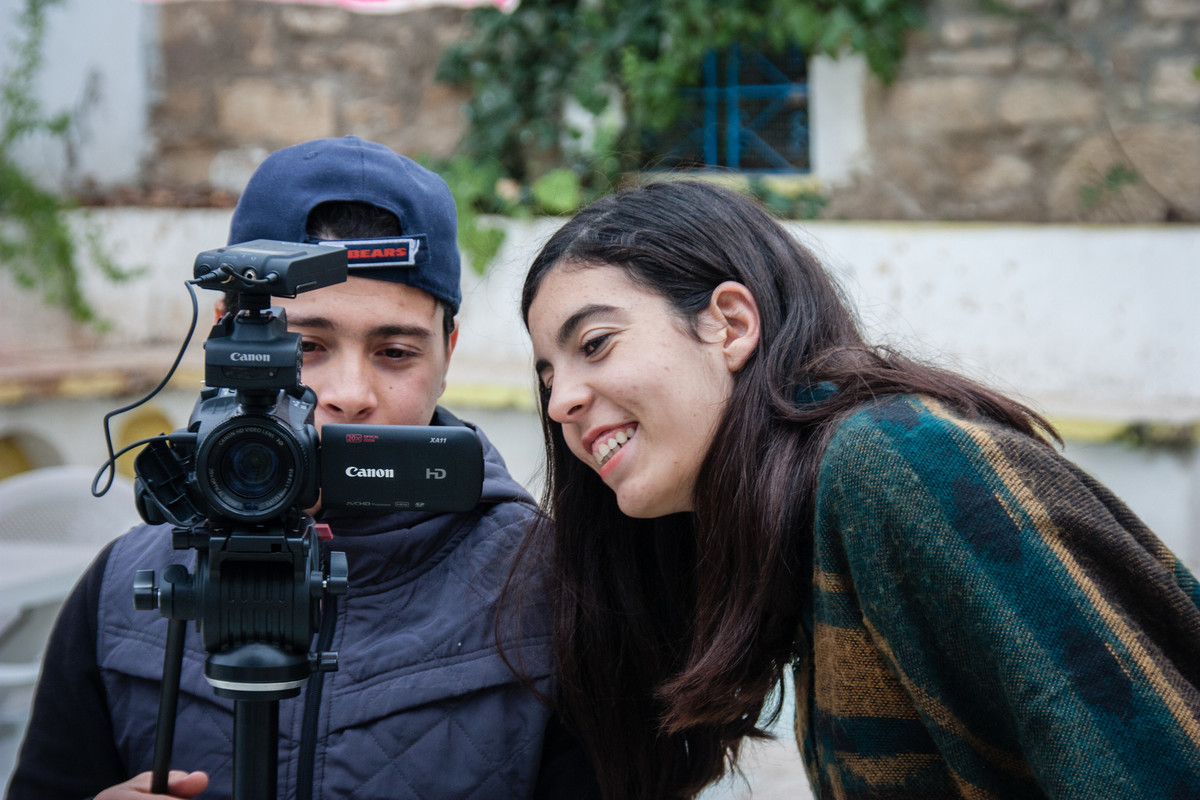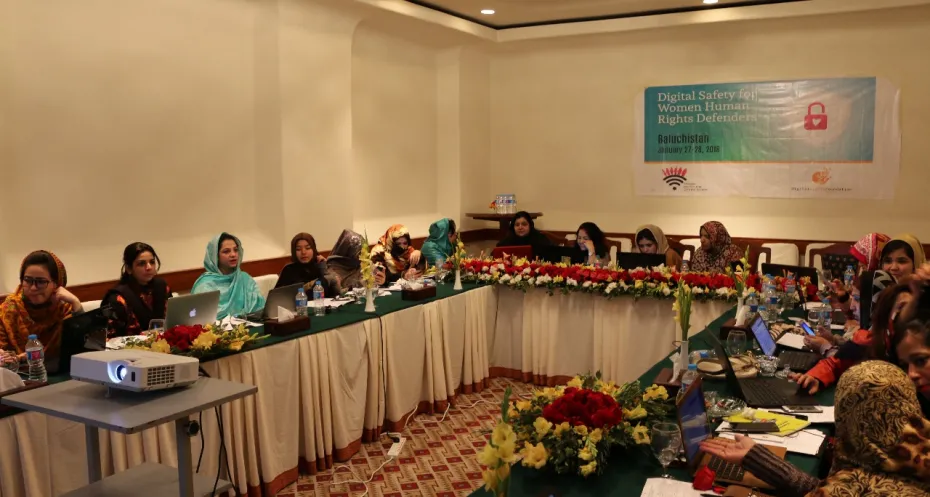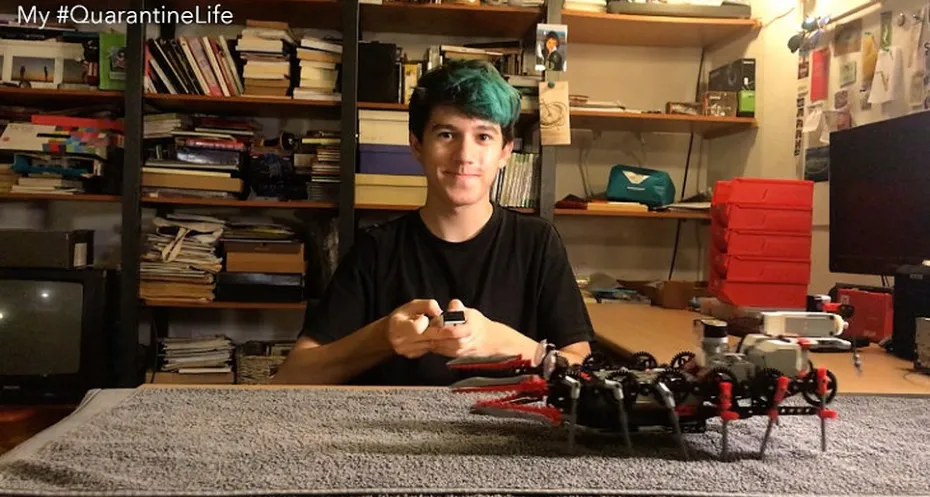
Sharing the stories of the youth in My #QuarantineLife
Covid-19 is forcing millions of young people worldwide to stay at home. Yet their voice is hardly heard in the news bulletins. What are their...
